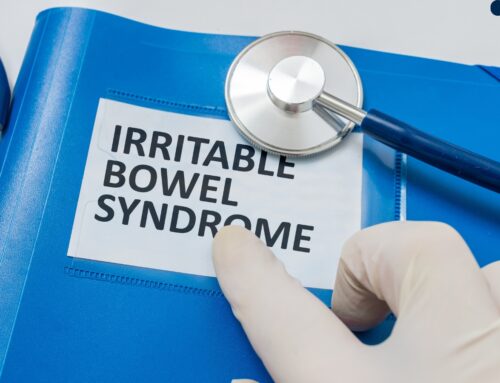When it comes to pain, there are tons of different diagnoses that can affect a patient. There are chronic pain conditions, acutely painful conditions, and many other categories of painful issues.
Myofascial pain syndrome is an interesting diagnosis that has gotten a lot of attention over the past few years. It is difficult to diagnose, which has led to the unfortunate belief that the disorder is not real. This is due to the fact that there are no official diagnostic tests that can show that a person has myofascial pain. Rather, diagnosis is made by ruling out any other diseases and through taking a detailed medical history from the patient.
For most patients, this condition causes debilitating pain and can make it difficult to make it through the day. In this article, we will provide an overview of myofascial pain syndrome and outline how chiropractic care can help patients who suffer from this ailment.
What is Myofascial Pain?
To start, it’s important to understand some basic anatomical terminology, in order to become oriented to this condition.
“Myo”, when used as a prefix, generally refers to muscle tissue. There are numerous anatomical terms that use this prefix such as myocardium (the muscle tissue that surrounds the heart) and the myotatic reflex (the “stretch reflex” that occurs when a clinician hits a patient’s knee with a hammer).
“Fascial” refers to a tissue that covers most of our muscles, organs and other structures throughout the body. This tissue is known as fascia, and it works closely with our muscles.
Therefore, myofascial pain refers to pain that occurs in the muscles and surrounding fascia.
Specifically, myofascial pain will often feel like a deep muscle ache, which might not sound too bad at first glance. However, some patients can experience chronic myofascial pain that lasts for weeks, months, or years without letting up.
Often, this condition can develop after repeated trauma to a body area or significant overtraining of a muscle group.
How Is Myofascial Pain Typically Treated?
The go-to treatment recommendations for myofascial pain include relative rest and relaxation techniques, such as meditation. The prevailing research pertaining to this condition suggests that there is a significant psychological component to the diagnosis and that through addressing these mental components, the physical components of the issue can resolve as well.
However, these basic treatments do not work for every patient. In some cases, doctors will prescribe pain medication or may recommend medicinal injections as well.
But if none of these sound like the right treatment for your condition, perhaps you should try out chiropractic care. We will address this mode of treatment in the following section.
Chiropractic Care for Myofascial Pain
Whenever pain is present in the body, the nervous system is involved to some degree. For this reason, chiropractors place a big emphasis on improving the functioning of the brain, spine, and associated nerves. Specifically, chiropractors will often focus on realigning the spine through spinal manipulation techniques.
By adjusting the spine, nerves that aren’t receiving or sending signals as they should can function better. In many cases, this improved spinal alignment leads to lower pain levels and healing of myofascial and muscle pain.
At Last Chiropractic is home to the best chiropractors in Lithia FL. From individuals experiencing myofascial pain to those with low back or neck pain, we are happy to help with any issues you are suffering from. Wondering if chiropractic is the right treatment for you? Book your first appointment with us today to find out how we can help!






